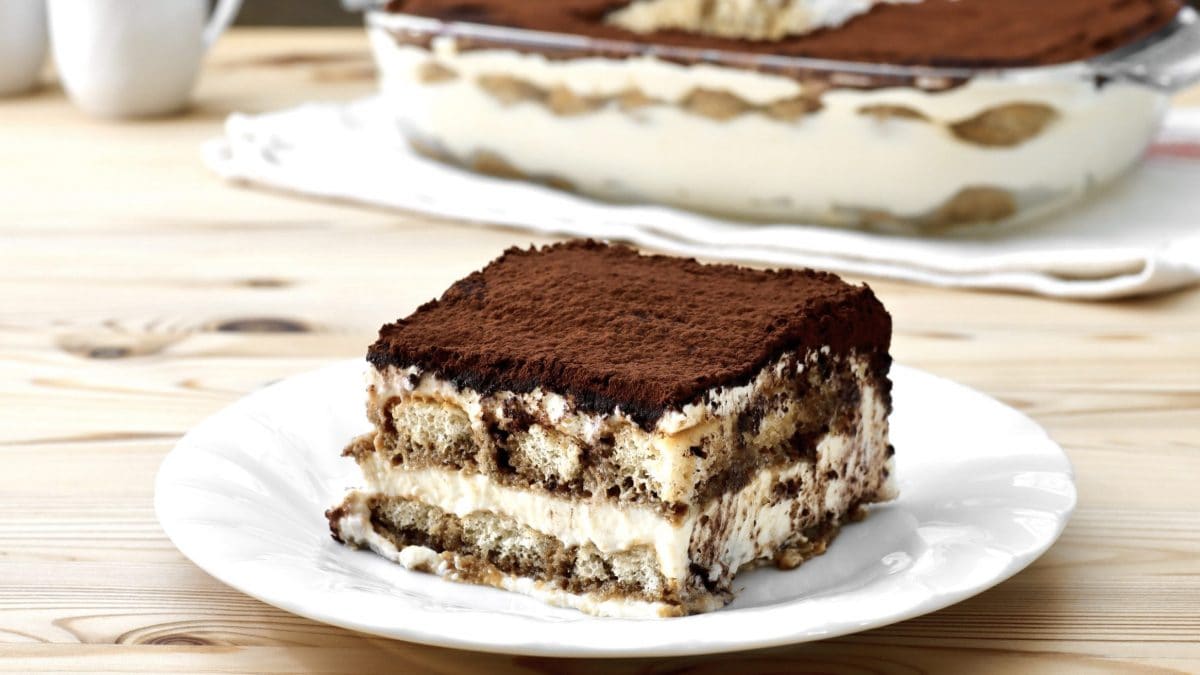
A quintessential Italian dessert, tiramisu is as simple as it is exquisite: soft layers of coffee-soaked ladyfingers, mascarpone cream, and a generous dusting of bitter cocoa. Light and satisfying, so versatile that it can be reinterpreted in dozens of different ways, its origins are one of the most debated in Italy, with Veneto and Friuli Venezia Giulia competing for its origins. Tiramisu is so iconic that it even has its own day of celebration—March 21, “Tiramisu Day”—but what is the secret to its success? Its irresistible flavor and the simplicity of its ingredients and preparation, which is why it is one of the easiest desserts to make at home. Like all simple recipes, however, it requires every step to be performed to perfection, because since there are only so many, even the smallest mistake can compromise the final result. If you love homemade desserts, this is the guide for you: here are all the mistakes to avoid to prepare a perfect tiramisu.
1. Being Afraid of Using Raw (And Unpasteurized) Eggs

The first thing you learn when you start cooking is the risk of raw eggs, which can potentially carry dangerous bacteria like salmonella. Does this mean you can't use them? Absolutely not, otherwise recipes like carbonara or tiramisu would have long since gone bad. The secret is to pasteurize eggs, which means subjecting them to a very high temperature for a variable amount of time to eliminate any bacteria, but without cooking the product. You can easily pasteurize your eggs at home, or you can purchase pre-packaged yolks and whites that have already been pasteurized using industrial techniques.
2. Neglecting the Quality of the Coffee
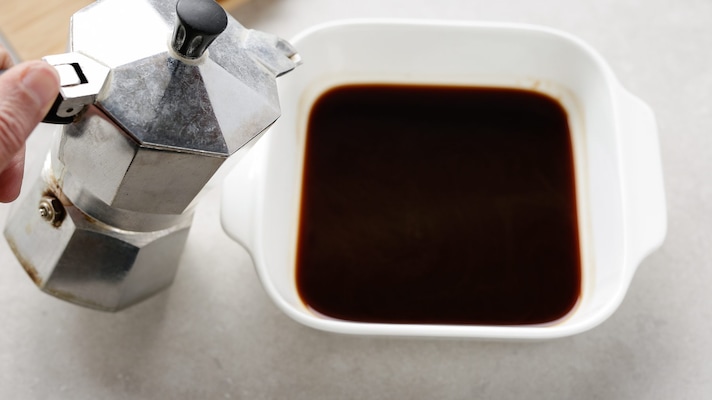
Coffee is crucial to tiramisu, so the quality of the coffee grounds and how you prepare them will impact the dessert's flavor. Acidic, bland, strong, or stale coffee will make the tiramisu taste rather unpleasant. Opt for a medium-strength coffee ground, recently purchased or properly stored to preserve its characteristics, and prepare it with a moka pot. It's best to avoid filtered coffees, capsules, and instant coffees, which, while excellent, are too delicate for this type of recipe.
3. Using the Coffee While it It Still Hot or Warm
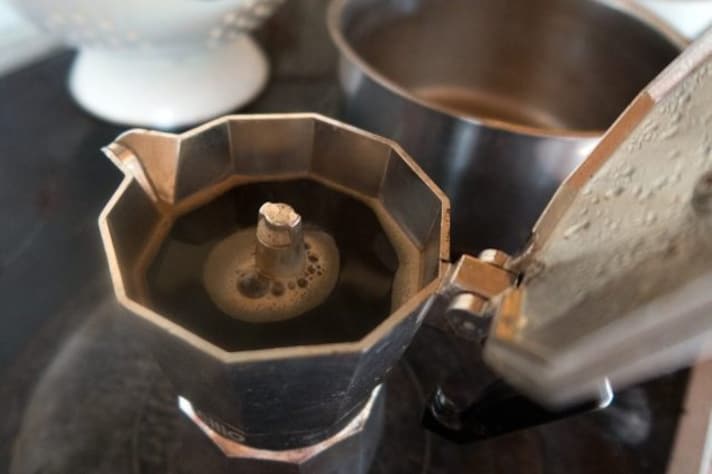
Speaking of coffee: a very common mistake is to dip the ladyfingers in it while it's still hot, but this compromises the recipe in several ways. First, if the liquid is hot or lukewarm, the ladyfingers will soften too much, ruining their texture. Second, hot coffee will ruin the cream, which could deflate when exposed to heat. Therefore, always remember to wait until the coffee is at room temperature or cold before assembling the tiramisu.
4. Choosing the Wrong Type of Biscuits (And How You Treat Them)
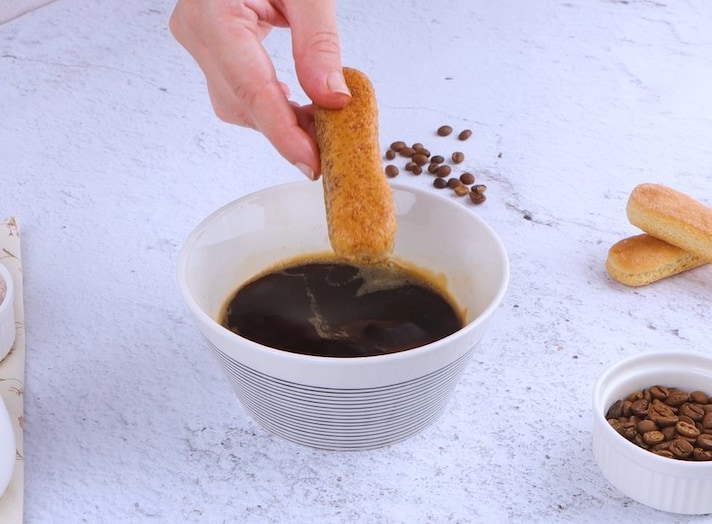
Let's talk about biscuits: choosing the wrong biscuits and handling them are among the factors that most influence the outcome of your tiramisu. First of all, let's clarify a fundamental point: which type of biscuits to use. The original recipe calls for ladyfingers, and this is no coincidence: they are the type that absorbs the perfect amount of coffee due to their tall shape and spongy texture, and therefore manage to maintain a certain crunch despite the icing. Let's move on to the second point, how you handle the biscuits: the recipe calls for dipping them in coffee, but dunking them is absolutely forbidden because they must not become soft or, worse still, create water on the bottom of the baking dish. To determine the right "dipping" time, follow the two-second rule: dip the ladyfingers in the coffee for two seconds per side and place them in the baking dish, strictly with the sugar side facing up.
5. Overdoing the Sugar
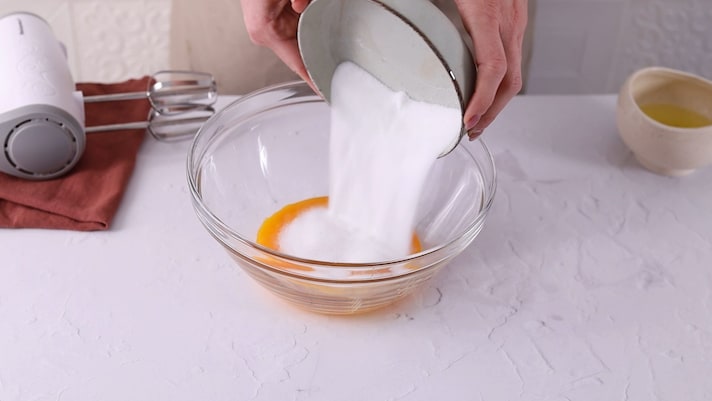
Many believe that cocoa and coffee make tiramisu too bitter, so to compensate, they add too much sugar, making the cream overly sweet. This is a mistake: tiramisu shouldn't be overly sweet; you should be able to taste the bitter coffee and then feel the relief of the sweet freshness of the cream. Furthermore, too much sugar would overwhelm the flavors of the various ingredients and ruin the balance of flavors, which is one of tiramisu's strengths.
6. Choosing a Low-Quality Mascarpone
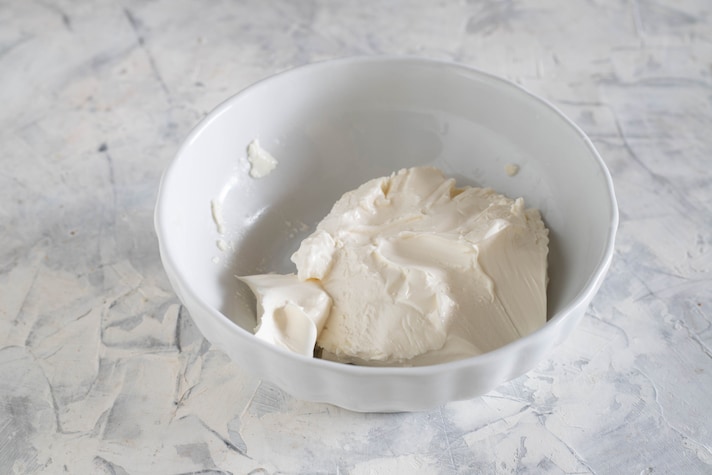
Let's face it: to achieve a truly perfect recipe, the ideal would be to make the mascarpone at home, as it is creamier, denser, and more flavorful than packaged mascarpone. However, we don't always have the time (or inclination) to do so, so it's fine to buy pre-made products, but make sure they're good quality. How do you know? A good mascarpone should have the appearance of a smooth, lump-free cream, be firm, white-straw-yellow in color, and have an intense aroma of fresh cream. Always check the product for the word "mascarpone" and whether it carries certifications that guarantee its quality and freshness.
7. Making a Mistake When Whipping the Cream
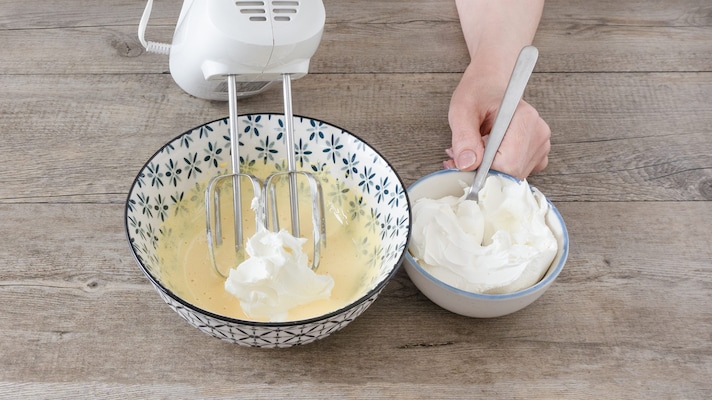
Having a firm, compact, and slightly runny cream makes all the difference between a perfect tiramisu and a failed dessert. To make a proper cream, first start by whisking the eggs and sugar until frothy. Only then add the mascarpone, but not all at once, a little at a time, so that it blends gradually and without ruining the consistency of the foam. Also, never use mascarpone straight from the package; work it separately and add it to the beaten eggs only once it's softened, always stirring from the bottom up.
8. Not Putting Cocoa Between Layers
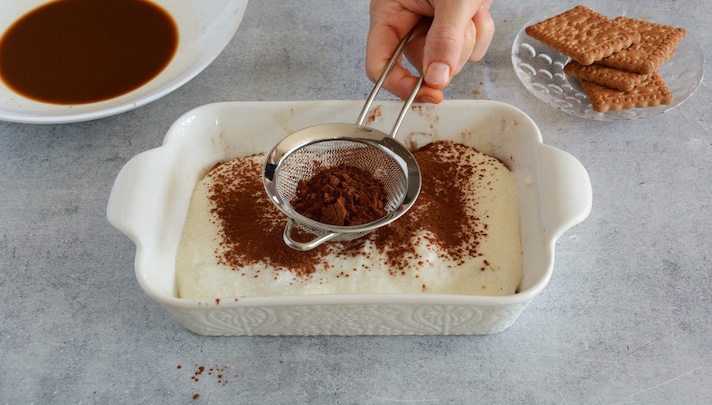
The cocoa in tiramisu plays a primarily decorative role: the generous dusting on top makes the cream even more indulgent. We also recommend this in our recipe, but many pastry chefs suggest dusting the cocoa inside the dessert as well, generously completing each layer. It adds flavor, its bitterness enhances the coffee's, balances the cream even more, and provides structure and "impermeability" to the biscuits.
9. Always Layering in The Same Direction

How you arrange each component of the various layers is also important, especially the biscuits: if you lay the ladyfingers horizontally for the first layer, for the next you should arrange them vertically, then horizontally again, and so on until you reach the last. In practice, the top layer must always be perpendicular to the bottom layer; this will ensure a perfect, clean cut, everything firm and even, without the slice falling apart or crumbling. This rule doesn't just apply to tiramisu, but can be applied to any layered dish, even lasagna.
10. Not Letting It Rest

The last but most sacred rule for the perfect tiramisu: it must rest in the refrigerator for at least three hours. We know, once it's ready, the aroma is irresistible and you'll be craving it, but before you taste it, you still need to have a little patience. Resting in a cold temperature is essential to allow the ingredients to firm up, the cream to dry a little, and the biscuits to gradually soak in. The ideal, when possible, is to prepare the tiramisu the day before and let it rest overnight: it really changes the final result; try it and believe it.
;Resize,width=767;)
